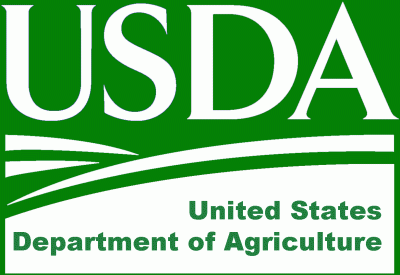WASHINGTON – USDA Global Agricultural Information Network issued last week an update report on Colombia. Post revised upward the estimate for Colombian coffee production from 8.3 to 10.1 million 60 kilogram bags (green bean equivalent) for marketing year (MY) 2012/13.
Post also revised upward MY2013/14 projections from 9.0 to 10.5 million bags. The production recovery is a result of the first harvests of rust resistant coffee varieties and favorable weather conditions.
General Information
Monthly production data for Colombia from September 2012 to August 2013 are averaging 28 percent above figures from the same time period a year before. The coffee production recovery is a result of replanted hectares of rust-resistant varieties entering into production and improved weather conditions.
Given the recovery, Post revises upward the estimate for Colombian coffee production from 8.3 to 10.1 million bags for MY2012/13. Post is also revising upward MY2013/14 projections from 9.0 to 10.5 million bags. As of August 2013, Colombian production reached 9.1 million bags, 2 million bags above the total production of MY2011/12.
Production is expected to well exceed 10 million bags by the end of calendar year 2013.
In spite of the production recovery, Colombian coffee producers remain challenged by high production costs and low prices paid to producers.
The internal coffee price recently hit a five-year low of US$240 per (125 kilogram) bag in August 2013, creating difficulties for growers to break even.
Colombia coffee farmers assess productions costs per arroba, a volume equivalent to 25 pounds.
Typical production costs range from Colombian pesos (COP) 55,000 to 65,000 per arroba. Current prices paid to growers per arroba are about COP40,000 to 45,000 per arroba.
This economic burden resulted in thousands of coffee farmers protesting and blockading roads in February and March 2013.
The Government of Colombia (GOC) response was to partner with the Colombian Coffee Federation (FEDECAFE) and support coffee growers with a direct payment subsidy of COP14,500 per arroba.
The GOC provides the funds to FEDECAFE, which are then distributed directly to the farmers who provide a bill of sale to justify the amount of subsidy given.
The GOC has pledged to continue the subsidy into 2014; however, there have been allegations of fraud in the distribution of the subsidy with farmers providing fabricated bills of sale or delivering contraband coffee from Ecuador and Peru as if it was harvested in Colombia.
The first Colombian coffee harvests from January to June occur in the southern regions of Huila, Cauca and Nariño.
The alleged fraud during the earlier harvests may have exhausted most of the entire subsidy promised by the GOC for 2013.
While the GOC and FEDECAFE point fingers at one another about who is responsible for allowing the fraud to happen, the bulk of the harvest is underway in central Colombia with coffee farmers expecting to receive the promised subsidy.
If the GOC and FEDECAFE do not act to supplement the funds for the subsidy, the funds may expire towards the end of October.
This will likely result in coffee growers again taking to the streets in protest at a time when the GOC appears to have resolved the violent, nation-wide agricultural protests that ended last month.
Trade
Post revises upward the estimate for Colombian coffee exports from 8.2 to 8.9 million bags for MY 2012/13. Post is also revising upward MY 2013/14 export projections from 8.9 to 10.4 million bags.
Trade issues with a strong local currency may abate, as the GOC continues to manage monetary and fiscal policies that stabilize the strength of the Colombian peso in support of exports.
Source: USDA Foreign Agricultural Service










